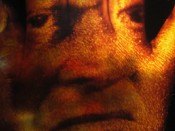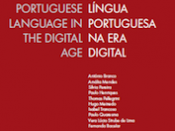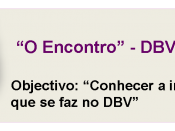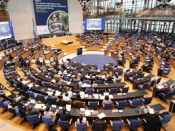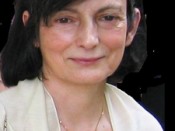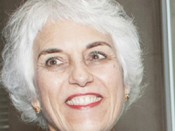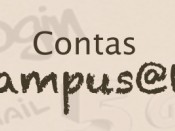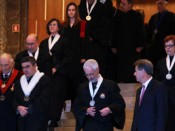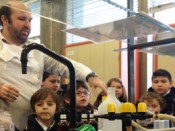
Collapse Caldera Systems por Joan Marti, Secretary General of the International Association of Volcanology and Chemistry of the Earth's Interior, Institute of Earth Sciences "Jaume Almera" CSIC – Consejo Superior de Investigaciones Cientificas
28 de Outubro, 17h00, anfiteatro 6.2.53, Edifício C6, FCUL, Campo Grande, Lisboa.
Resumo:
Collapse calderas, the largest ones today also known as "supervolcanoes", are cauldron-like volcanic features formed by the catastrophic emptying of a shallow magma chamber and subsequent collapse of its roof as the result of a volcanic eruption. It has been repeatedly demonstrated that these structures offer a window to look at the interior of the Earth crust and to "visualise" relevant magmatic and tectonic processes that occur in such geological environment and that have influenced the evolution of the Earth's upper system. Unfortunately, our knowledge on the genesis and dynamics of caldera complexes is still insufficient to understand their role in crustal and environmental evolution. This is in part due to the fact that such structures have usually been regarded as independent volcanic systems and not as forming part of a much more complex geological system. The latter would involve the generation of magma in the mantle and crust, its accumulation and evolution at shallower crustal levels and finally, its eruption at surface leading to disastrous events that may represent in some cases the instantaneous extrusion of hundreds to thousands of km3 of magma.
In this talk we will explore the tectonic and magmatic characteristics of the different caldera systems in order to understand how magma and host rock can reach the conditions to generate caldera collapse, and which are their hazard and environmental implications.



